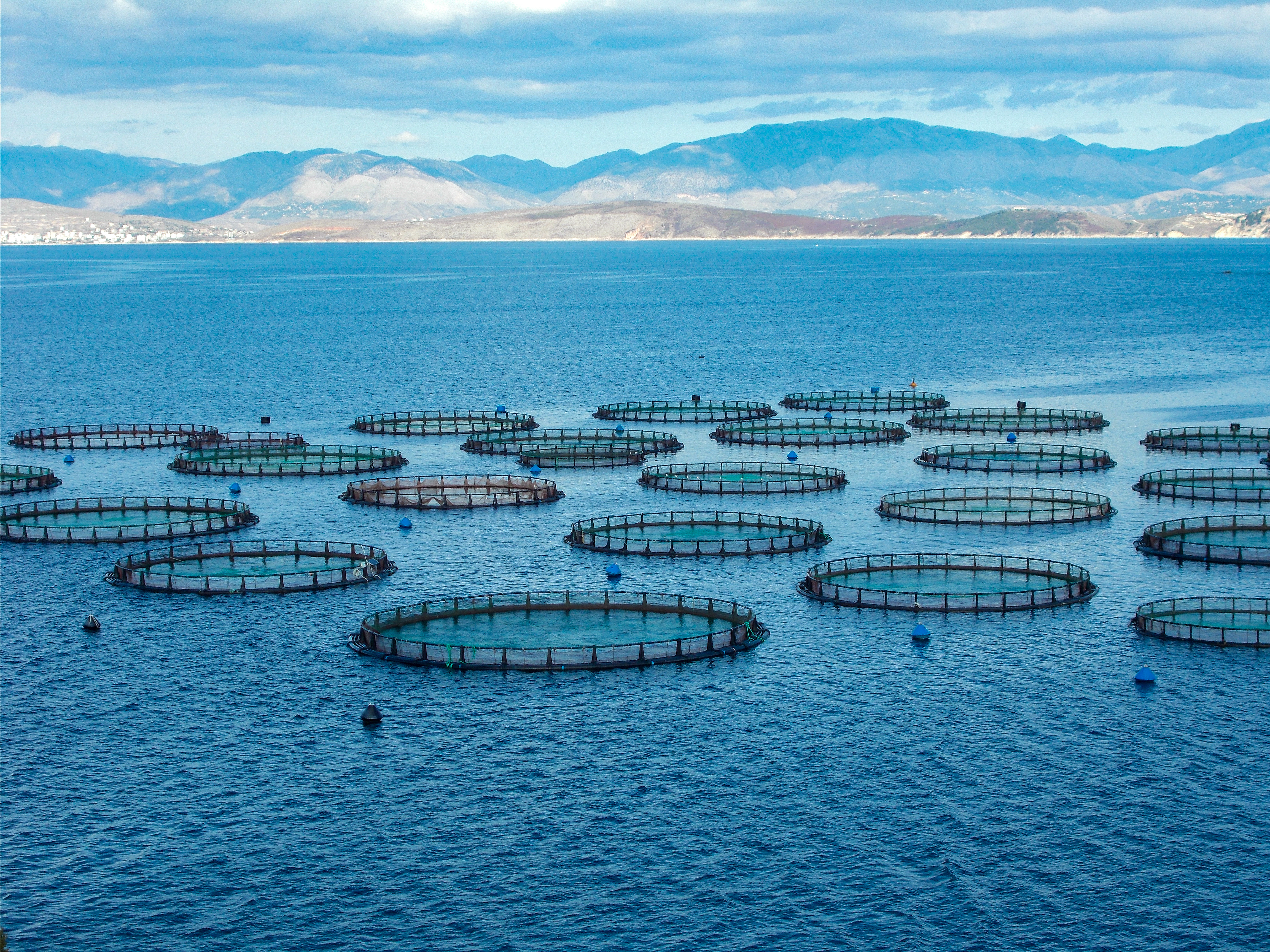Research Programme: Net Zero Operations
Project Lead: Professor John McCall & Dr Ciprian Zavoianu
Supported By: Ellie MacLeod & Joan Alza Santos
Funder: Scottish Government’s Energy Transition Fund
Project Status: In Progress
Overview
The Marine Environment Industrial Planning Application is one of the three NSC-led work packages within the larger Data for Net Zero (D4NZ) Project awarded in 2021 to the Net Zero Technology Centre from the Scottish Government’s Energy Transition Fund. The overall aim of D4NZ is to accelerate the transition towards a net-zero future by delivering a Smart Energy Basin (grounded in advanced data science, visualisation and modelling) that can facilitate cross-sectorial optimal decision-making. The Marine Environment Industrial Planning Application aims to provide decision-makers with an illustration of the trade-offs between different users of the marine space as a result of policy/design decisions.
Motivation
The rapid expansion of the offshore renewable energy sector in Scottish waters has the potential to restrict other users of the marine space, particularly the commercial fishing fleet. Climate change is also impacting the behaviour of commercial fishers, so it is important to take this into account when investigating the interactions between the two sectors. There is an opportunity to use a range of different modelling techniques to calculate the distribution of fishing activity and predict where this will occur when offshore developments are predicted to be constructed/operational.
Real-World Impact
The Marine Environment Industrial Planning Application will be able to quickly explore the predicted interactions between planned offshore renewables and the commercial fishing industry to help optimise planning decisions and potentially reduce conflicts between the two industries. This work could be further expanded to explore the interactions between the commercial fishing sector and other marine spatial planning areas (e.g. offshore aquaculture, marine protected areas).








